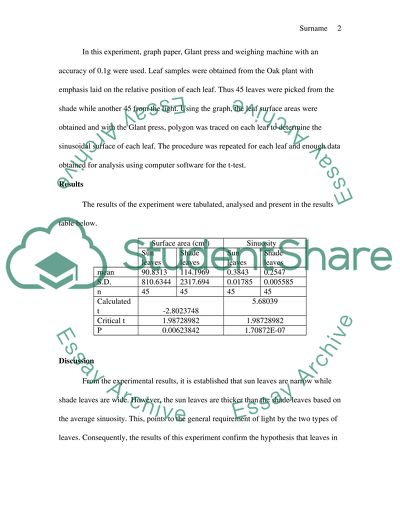Leaf lab report Example | Topics and Well Written Essays - 500 words. Retrieved from https://studentshare.org/biology/1606860-leaf-lab-report
Leaf Lab Report Example | Topics and Well Written Essays - 500 Words. https://studentshare.org/biology/1606860-leaf-lab-report.


